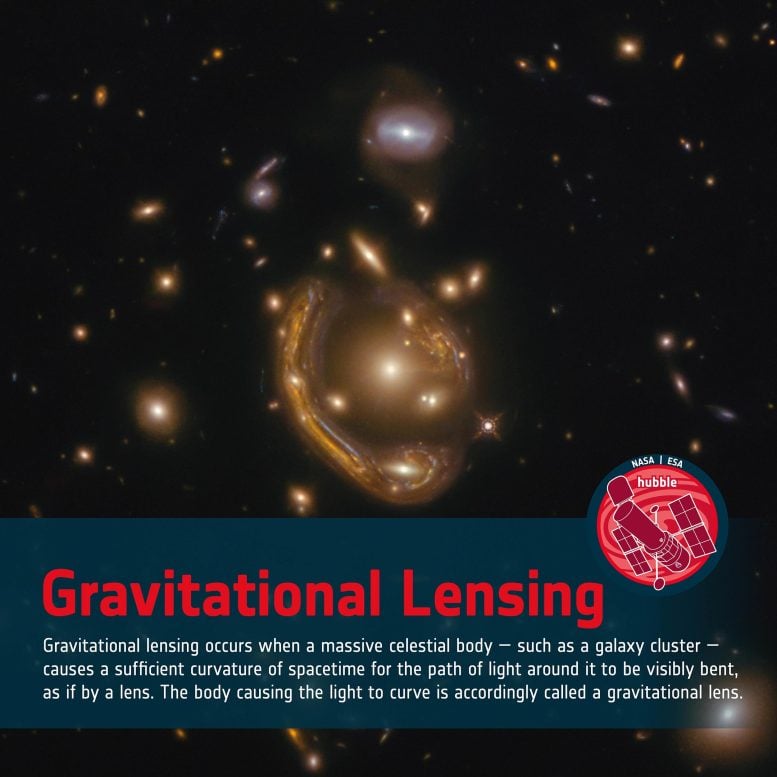Steve Pond 2
"Dune" has been named the best-shot film of 2021 by the American Society of Cinematographers, which held its annual awards show on Sunday evening in Los Angeles.

Cinematographer Greig Fraser won the award over a field that included fellow Oscar nominees "The Power of the Dog," "The Tragedy of Macbeth" and "Nightmare Alley," as well as "Belfast."
In the first 35 years of its existence, the ASC winner has gone on to take the Oscar for Best Cinematography less than half the time, although that percentage has improved recently. "Dune" is considered one of the front runners for this year's cinematography Oscar, with Fraser seemingly in a close with Ari Wegner for "The Power of the Dog," who could be the first woman ever to win.
Other feature-film awards went to Jessica Beshir for "Faya Dayi" in the documentary category and Pat Scola for "Pig" in the spotlight category, which is designed for films with limited or film-festival distribution.
The ASC also gave out awards in four television categories. James Laxton won in the Motion Picture, Limited Series or Pilot Made for Television category for "The Underground Railroad," Tommy Maddox-Upshaw won for "Snowfall" and Jon Joffins won for "Titans" in the commercial and non-commercial one-hour series categories, respectively, and Michael Berlucci and Marc Carter won for "Mythic Quest" in the half-hour series category.
Honorary award recipients included Ellen Kuras, the first female cinematographer to be given the ASC's Lifetime Achievement Award, who received her honor from Rachel Morrison, who was herself the first woman ever nominated for the ASC film award and the cinematography Oscar. Other recipients were Peter Levy, who received the Career Achievement in Television Award; John Lindley, who received the President's Award; and Dan Sasaki, who received the Curtis Clark Technical Achievement Award.
The ceremony was hosted by Debbie Allen from the ASC Clubhouse in Hollywood, but was also streamed live.
Here is the list of ASC Award nominees. Winners are indicated by **WINNER.
Feature Film
Bruno Delbonnel, ASC, AFC for "The Tragedy of Macbeth"
** WINNER Greig Fraser, ASC, ACS for "Dune"
Dan Laustsen, ASC, DFF for "Nightmare Alley"
Ari Wegner, ACS for "The Power of the Dog"
Haris Zambarloukos, BSC, GSC for "Belfast"
Spotlight
Ruben Impens, SBC for "Titane"
** WINNER Pat Scola for "Pig"
Adolpho Veloso, ABC for "Jockey"
Gallery: Critics' Choice 2022: Hosts, Special Awards and More to Know (US Weekly)

Documentary
** WINNER Jessica Beshir for "Faya Dayi"
Isabel Bethencourt and Parker Hill for "Cusp"
Daniel Schönauer for "The Hidden Life of Trees"
Motion Picture, Limited Series, or Pilot Made for Television
Steve Annis for "Foundation" - Pilot Episode: "The Emperor's Peace"
Tim Ives, ASC for "Halston" - Episode: "The Party's Over"
** WINNER James Laxton, ASC for "The Underground Railroad" - Episode: "Chapter 9: Indiana Winter"
Christophe Nuyens, SBC for "Lupin" - Pilot Episode: "Chapter 1"
Ben Richardson, ASC for "Mare of Easttown" - Episode: "Illusions"
Episode of a One-Hour Television Series - Non-Commercial
Stuart Biddlecombe for "The Handmaid's Tale" - Episode: "The Wilderness"
David Garbett for "Sweet Tooth" - Episode: Big Man
David Greene, ASC, CSC for "Chapelwaite" - Episode: "The Promised"
** WINNER Jon Joffin, ASC for "Titans" - Episode: "Souls"
Boris Mojsovski, ASC, CSC for "Titans" - Episode:"Home"
Kate Reid, BSC for "The Nevers" - Episode: "Hanged"
Episode of a One-Hour Television Series - Commercial
Thomas Burstyn, CSC, NZSC for "Snowpiercer" - Episode: "Our Answer for Everything"
** WINNER Tommy Maddox-Upshaw, ASC for "Snowfall" - Episode: "Weight"
Ronald Paul Richard for "Riverdale" - Episode: "Chapter Eighty-Nine: Reservoir Dogs"
Brendan Steacy, CSC for "Clarice" - Episode: "Silence is Purgatory"
David Stockton, ASC for "Mayans M.C." - Episode: "The Orneriness of Kings"
Gavin Struthers, ASC, BSC for "Superman & Lois" - Episode: "Heritage"
Episode of a Half-Hour Television Series
Marshall Adams, ASC for "Servant" - Episode: "2:00"
** WINNER Michael Berlucchi and Marc Carter for "Mythic Quest" - Episode: "Backstory!"
Adam Bricker for "Hacks" - Episode: "There is No Line"
Paula Huidobro for "Physical" - Episode: "Let's Get Together"
Jaime Reynoso, AMC for "The Kominsky Method" - Episode: "And it's Getting More and More Absurd"
Lifetime Achievement Award: Ellen Kuras, ASC
Career Achievement in Television Award: Peter Levy, ASC, ACS
President's Award: John Lindley, ASC
Curtis Clark Technical Achievement Award: Dan Sasaki










